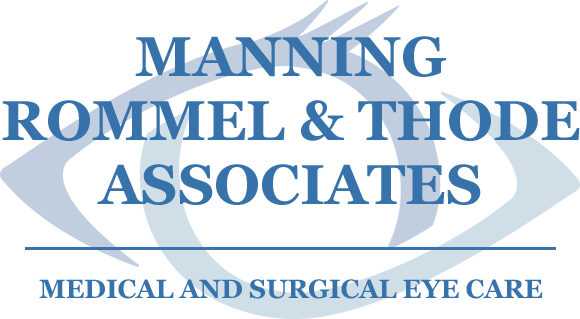Medical Laser Surgery
A “laser”, or Light Amplification by Stimulated Emission of Radiation, is a concentrated beam of light created when an electrical current passes through a special material.
Since the 1970’s, lasers have been used in the treatment of various eye diseases. They offer an unparalleled degree of precision and predictability.
YAG Capsulotomy:
- Sometimes, after cataract surgery, a haze can form on the posterior capsule, diminishing vision.
- A laser can be used to quickly and safely create a small opening in the cloudy capsule.
- Light is then able to pass through the lens without obstruction, restoring clear vision.
Selective Laser Trabeculoplasty (SLT):
- Often effective in treating open-angle glaucoma.
- Stimulates the trabecular meshwork drainage channel to function better.
- Does not always replace the need for drops, but can help lower eye pressure.
- Can also be used as a first line of treatment for patients who are unwilling or unable to use glaucoma eye drops.
- The procedure can be repeated in the future if necessary.
YAG Peripheral Iridotomy:
- An anatomic narrow angle is caused by the iris being located too close to the drainage system of the eye.
- Patients are at risk for developing acute angle closure glaucoma.
- A laser can be used to create a small opening in the iris to prevent a painful acute angle closure attack.
